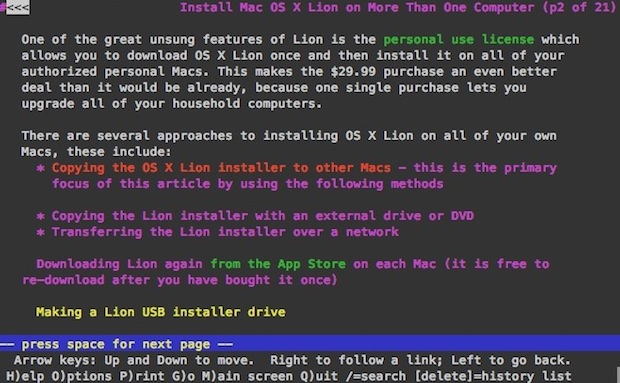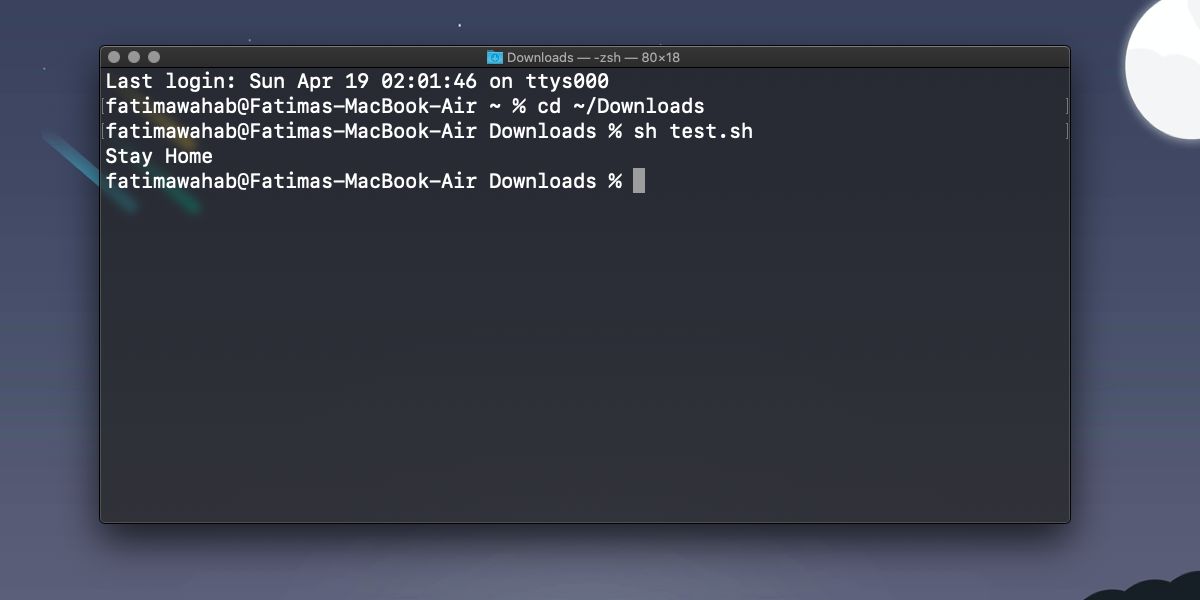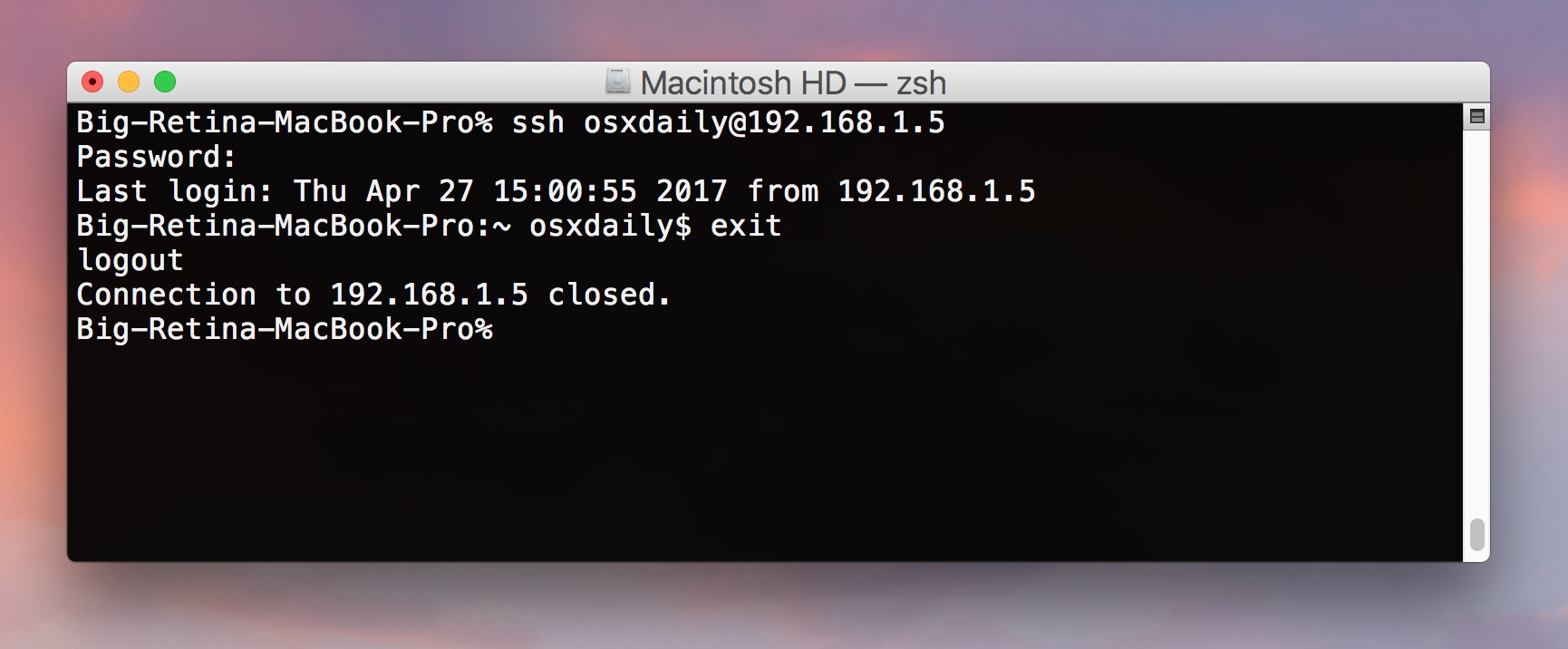

And feel free to jump right to the examples below to whet your appetite.įor this limited how-to, one interesting way to use the open command in this context is to use the option. I've printed most of the man page for the open command here for your perusal, but I'm not going to explore every argument. Below is the manual page ("man" for short), shown by typing: man open The BSD UNIX command we'll be using is open. The terminal app is in the Utilities folder-which is found the Applications folder.
#RUNNING UNIX ON MAC HOW TO#
See, for example, " How to Find & Recover Missing Hard Drive Space." In that case, you must bypass the open command and drill into the Package Contents to run the app with sudo and admin privileges. You want to quickly run a utility with admin privileges without the restriction of the account you're logged into.

You're writing, say, a Perl or Python script, for another user and, at some point in the script, you'd like to launch a GUI app that carries the workflow forward.You're a UNIX professional, live and breathe the command line, but you'd rather use a GUI text editor for coding instead of the raw and ugly vi or Emacs editors.The Finder acts up, a terminal window is already open, and you'd like to be able to launch a GUI app that might help you diagnose the problem.However, it's so darn cool and charming that one just aches to use it at any opportunity.Īctually, upon reflection, there are some useful scenarios for this technique. In my OS X career, I've only used this trick a handful of times.

In this how-to I'll show you how to launch an OS X app from the command line with the open command.įirst off, I will admit this technique is fairly geeky. But with OS X and its Darwin core, there's often an elegant integration between the two. In some flavors of Unix, you feel as if you've been cast into an alternate universe when you open a terminal window and work on the command line.


 0 kommentar(er)
0 kommentar(er)
